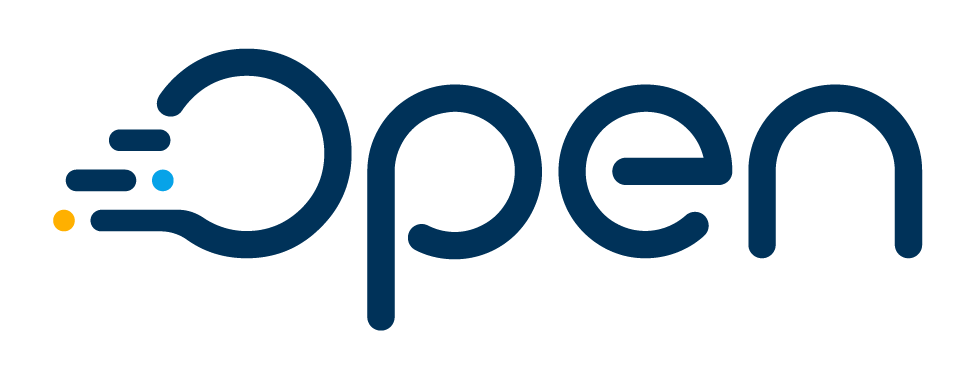The utility industry, historically characterized by its risk-averse nature due to its critical role in providing essential services, is undergoing a significant transformation driven by artificial intelligence (AI).
Utilities are exploring how AI can revolutionize various processes in their operations, from infrastructure inspection and customer engagement to regulatory compliance and operational efficiency. By embracing AI, utilities can enhance their service delivery, customer satisfaction, and competitiveness in an evolving landscape without compromising reliability.
In the last couple of years, the world has experienced significant technological transformations that have impacted on the way people live and businesses operate. With same-day deliveries, people buying groceries with their phones, and self-driving cars, market leaders have redefined customer expectations. AI is the outstanding technology behind most changes, demonstrating a growing maturity across various industries. Among the sectors leveraging AI benefits, the utility industry has long been cautious about adopting new technologies due to their critical role in modern society. However, AI’s transformative potential offers utilities improved operational efficiency, enhanced customer engagement, and new business opportunities.
So how can utilities transform their unique environment and leverage the real benefits of AI for their operation and customers?
The answer begins with understanding utilities’ current landscape and customers’ specific needs to design AI strategies to incorporate more data into decision-making processes. It can lead to higher-quality outcomes, increased productivity and efficiency, better customer service, and possible savings.
Let’s take a look at three key use cases that can revolutionize utility operations:
1. Proactive Customer Service and Personalization: AI can help utilities anticipate customer needs and offer personalized experiences by integrating tools that analyze detailed customer data, tailoring their services and communications to meet individual needs. This level of personalization leads to improved customer satisfaction and loyalty. For instance, utilities can send targeted financial aid to support customers in troubled times by analyzing their payment behavior in past months. Additionally, utilities can understand customer usage patterns to offer targeted energy-saving recommendations. This proactive and personalized approach to customer engagement empowers customers to manage their energy usage more effectively.
AI tools can also become a game-changer in utility call centers by bringing easy-to-use insights to daily customer concerns. Integrating these tools with utility systems provides a close touch to customer interactions. It’s not just about providing information; it’s about understanding customers and responding to their needs quickly and efficiently by accessing data in seconds. For example, if a customer reaches the utility with a financial problem, the CSR can interact with an AI platform to obtain practical suggestions based on their specific needs. At the end of the call, the CSR offered the customer timely solutions, such as a payment plan, to prevent a possible missed payment and dissatisfaction.
2. Predictive Anomaly Detection: AI can significantly enhance proactive anomaly detection in smart meters by leveraging the data these devices generate. These meters continuously collect detailed information that AI algorithms can analyze in real-time to detect irregularities. For example, AI can identify sudden spikes in consumption that may indicate a malfunctioning appliance, energy theft, or a meter tampering incident. Connecting utility systems, such as CISs and MDMs, with AI can help utilities differentiate between normal usage variations and genuine anomalies, alerting potential issues and triggering activities before they escalate into major problems. These activities may include dispatching a field crew unit to analyze the device. This proactive detection allows for timely interventions, reducing the risk of power outages, improving grid stability, and ensuring accurate billing.
3. Intelligent Routing: By analyzing real-time data from various sources, such as weather forecasts, traffic conditions, and equipment status, AI algorithms can optimize the routing of field service teams and schedule maintenance activities more efficiently. In fact, street routing AI can decrease between 20% to 30% of the total amount of miles per trip, improving crew units’ wellbeing, reducing fuel consumption and lowering emissions. This ensures that utility crews are dispatched to the right locations at the right times, minimizing downtime and enhancing service reliability. For instance, during a power outage, AI, powered with data from utility systems, can prioritize and route repair teams to areas with the highest impact on customers, reducing restoration times. Additionally, smart scheduling powered by AI helps utilities plan preventative maintenance activities more effectively, extending the lifespan of infrastructure and reducing unexpected failures. These improvements can lead to cost savings, higher operational efficiency, and better customer service, positioning utilities to meet the growing demands of a modern landscape.
Integrating AI in the utility sector is a technological advancement and a strategic imperative to survive and thrive. The power of this technology can enhance utilities’ operational efficiency and improve customer engagement and service reliability. Adopting AI tools properly requires utilities to focus on connecting their decentralized systems into one platform that supports all their customer operations. Then, they can connect their data to these tools and create powerful insights and benefits, from infrastructure inspection to customer support. This process signifies a transformative shift that promises to redefine the utility landscape. As utilities continue to explore and implement AI technologies, they position themselves to stay competitive and relevant in an increasingly dynamic market. The future of utilities lies in their ability to embrace AI and leverage its capabilities to deliver reliable, efficient, and customer-centric services.








